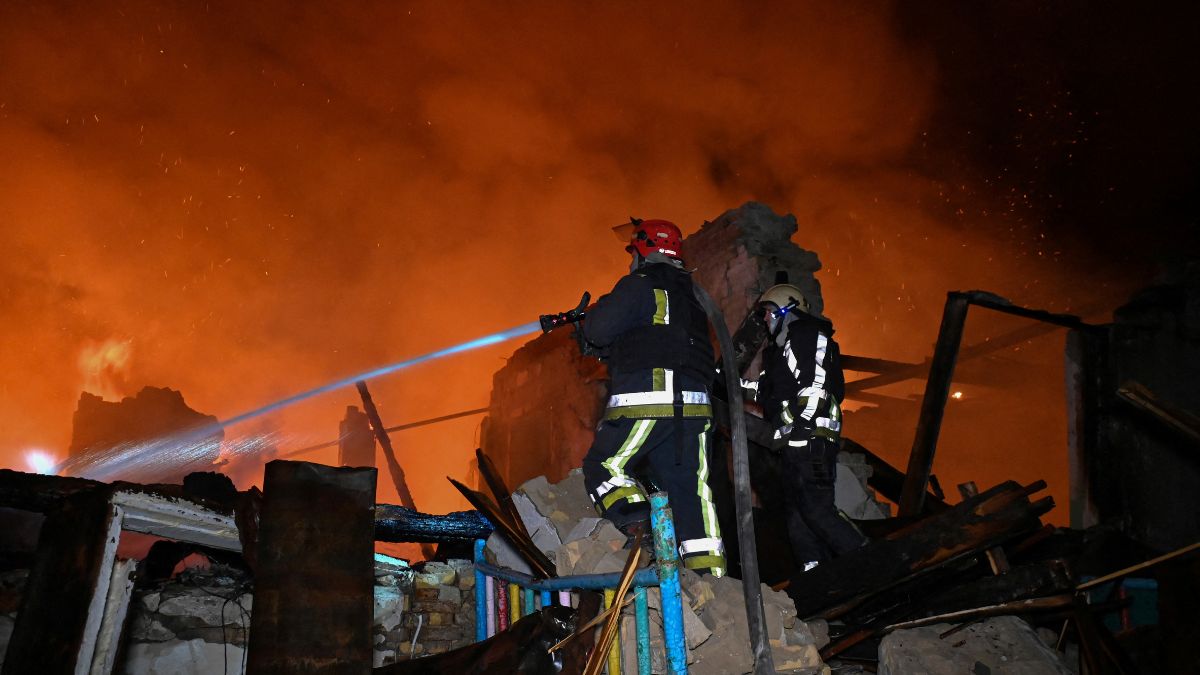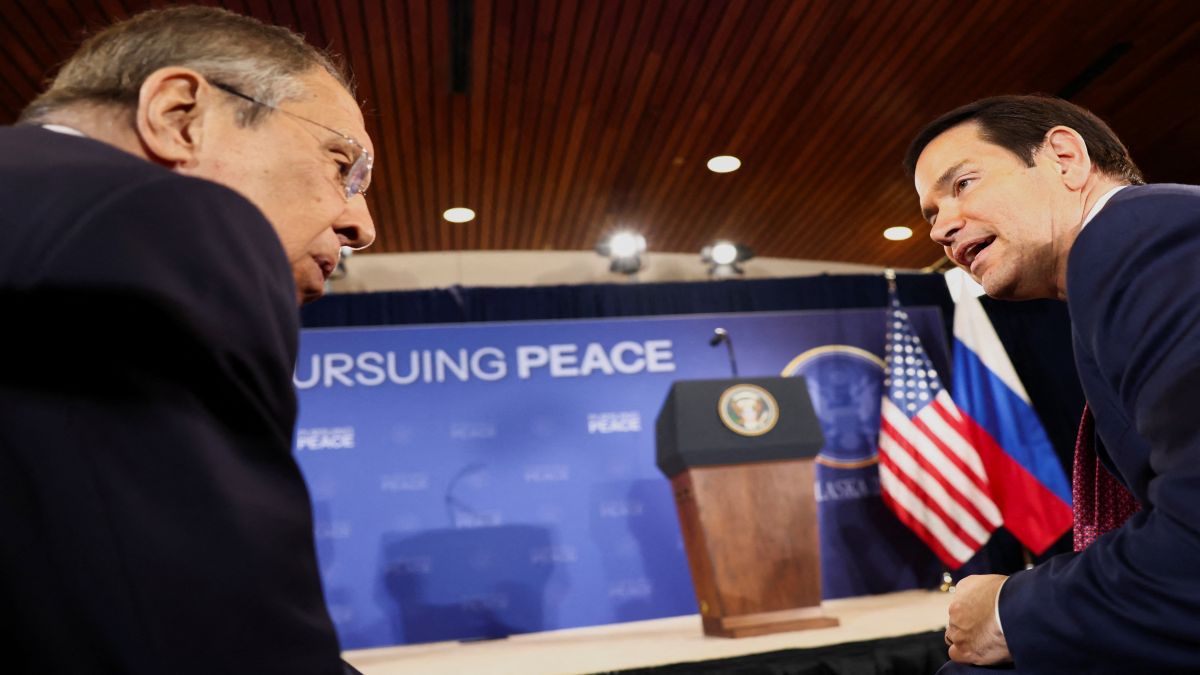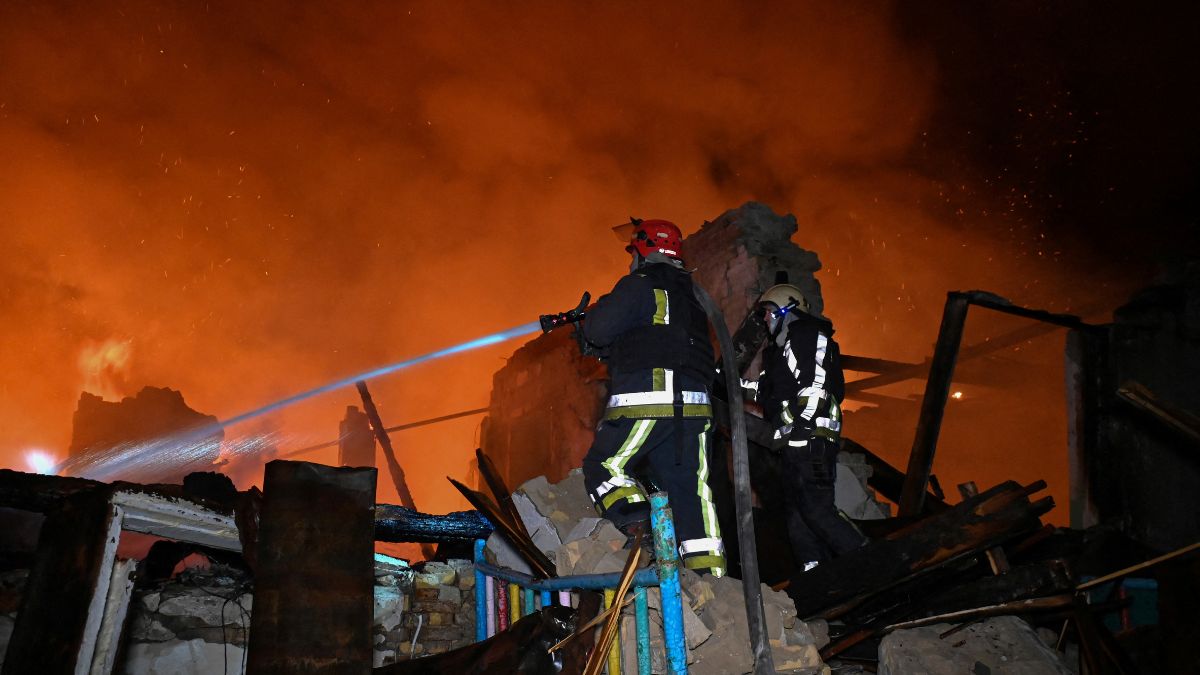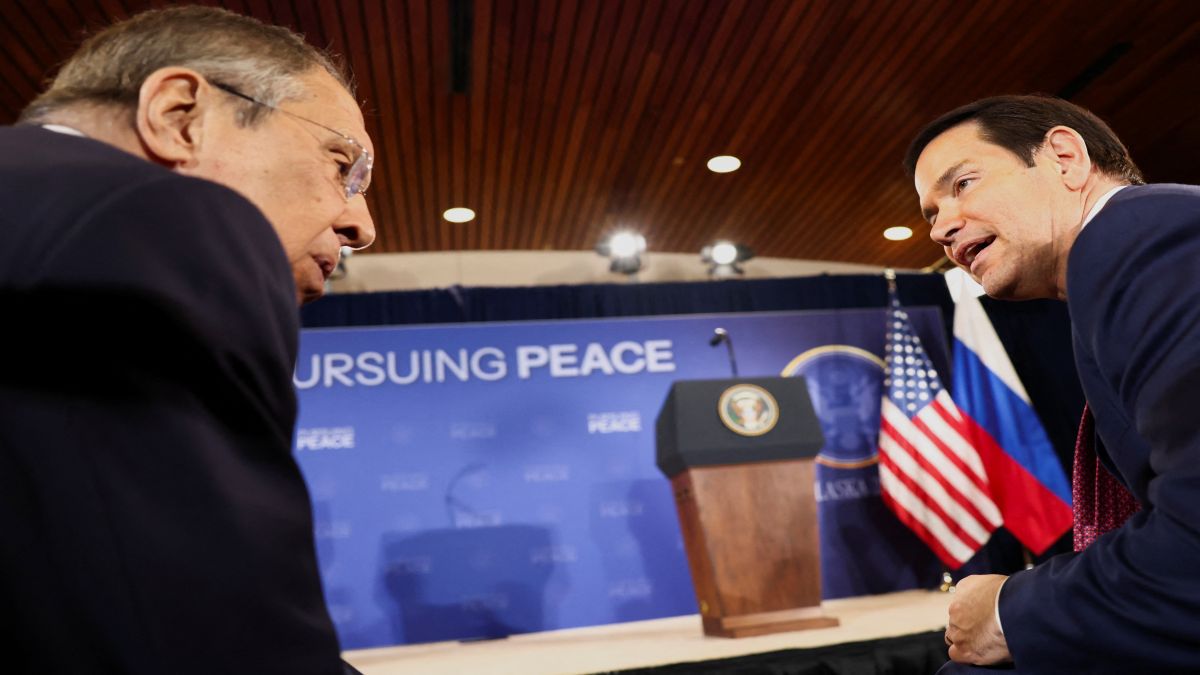A decade after world leaders struck the landmark Paris climate agreement, the planet is warming faster than scientists predicted, extreme weather is worsening and global efforts to rein in emissions remain dangerously behind schedule. As diplomats gather in Belem (Brazil) for the next round of United Nations climate talks, the focus will be on the widening gap between progress made and the peril that still looms.
Since 2015, more than a degree Celsius has been shaved off future warming projections, but the world remains far from its central goal, limiting global temperature rise to 1.5°C above pre-industrial levels. The UN Environment Programme (UNEP) warns that without steep cuts in emissions, current policies put the world on a path closer to 2.8°C of warming.
“I think it’s important that we’re honest with the world and we declare failure,” said Johan Rockström, director of the Potsdam Institute for Climate Research in Germany. “The harms of warming are happening faster and more severely than scientists predicted.”
A widening gap between promises and action
Former UN climate chief Christiana Figueres, who helped broker the 2015 accord, acknowledged that while momentum has grown, it is still too slow. “We’re actually in the direction we established in Paris at a speed that none of us could have predicted,” she said. “But the gap between the progress we see on the ground and where we ought to be is still there and widening.”
UNEP Executive Director Inger Andersen was blunter: “We’re sort of sawing the branch on which we are sitting,” she said, describing the world’s failure to curb emissions as self-destructive negligence.
Impact Shorts
More ShortsDanger signals mount
The last decade has been the hottest on record. Global temperatures have jumped by about 0.46°C since 2015, one of the sharpest increases in modern history, according to Europe’s Copernicus Climate Service. Each year since the Paris accord has been hotter than the year it was signed, with 2025 likely to rank as the second or third warmest ever recorded.
The consequences are visible everywhere. Heatwaves have struck regions unaccustomed to such extremes from the Pacific Northwest to Siberia. The United States has endured 193 weather disasters costing at least $1 billion each over the past decade, totalling $1.5 trillion in damages, according to the US National Oceanic and Atmospheric Administration. Floods have devastated Pakistan and China, wildfires have swept through Hawaii, California, Europe, and Australia, and rising seas have begun swallowing coastlines worldwide.
Since 2015, the planet has lost more than 7 trillion tons of ice from glaciers and ice sheets in Greenland and Antarctica, equivalent to the weight of 19 million Empire State Buildings. Sea levels have risen by 40 millimetres (1.6 inches) in just ten years, enough water to fill 30 Lake Eries, said Steve Nerem, a University of Colorado scientist.
Even the Amazon rainforest, once considered a vital carbon sink, is now emitting more carbon than it absorbs during some periods due to rampant deforestation, a bitter irony as negotiators meet in the heart of the region.
Green energy momentum and shifting markets
Despite grim data, there has been real progress. Renewable energy has become cheaper and more widespread than anyone predicted in 2015. Last year, 74% of new electricity generation globally came from renewables, according to two UN reports released in July. Electric vehicle sales have surged from half a million in 2015 to 17 million in 2024.
“There’s no stopping it,” said Todd Stern, former US Special Climate Envoy and chief negotiator of the Paris deal. “You cannot hold back the tides.”
A decade ago, projections suggested the Earth was heading toward nearly 4°C of warming. That figure has now fallen to around 2.8°C, still above the Paris target but evidence that decarbonisation efforts are having an impact.
“Technologies once hypothetical are now reality,” said Kelly Levin, chief of science and data at the Bezos Earth Fund. “The good news is that reality has outpaced many projections a decade ago but it’s not nearly fast enough for what’s needed.”
The problem: emissions still rising
Yet emissions continue to climb. Methane levels in the atmosphere have risen by 5.2% and carbon dioxide by 5.8% since 2015, according to NOAA data. While the U.S. and other developed countries have cut their CO₂ emissions by about 7%, China’s have grown by 15.5% and India’s by nearly 27%, reflecting both economic growth and dependence on coal.
Oxfam International reports that the richest 0.1% of the global population increased their emissions by 3% over the decade, while the poorest 10% reduced theirs by 30% — underscoring deep inequalities in who contributes to and suffers from the climate crisis.
A mixed verdict on Paris
“The Paris Agreement itself has underperformed,” said Joanna Depledge, a climate negotiations historian at the University of Cambridge. “It’s one of those half-full, half-empty situations where you can’t say it’s failed — but nor can you say it’s dramatically succeeded.”
A joint report by the Bezos Earth Fund, Climate Analytics, ClimateWorks Foundation, and the World Resources Institute found that while 35 key indicators of decarbonisation are moving in the right direction, none are on track to keep warming below 1.5°C.
UN Secretary-General António Guterres has repeatedly called the situation a case of “deadly negligence,” urging governments to accelerate transitions away from fossil fuels before the damage becomes irreversible.
At a crossroads in Brazil
As negotiators convene in Belém ahead of COP30, the global climate regime faces a moment of reckoning. The decade since Paris has shown that progress is possible — but peril is growing faster. Unless nations scale up ambition and cooperation, scientists warn the next ten years could lock in the very warming the Paris Agreement was meant to prevent.
With inputs from agencies


)

)
)
)
)
)
)
)
)



